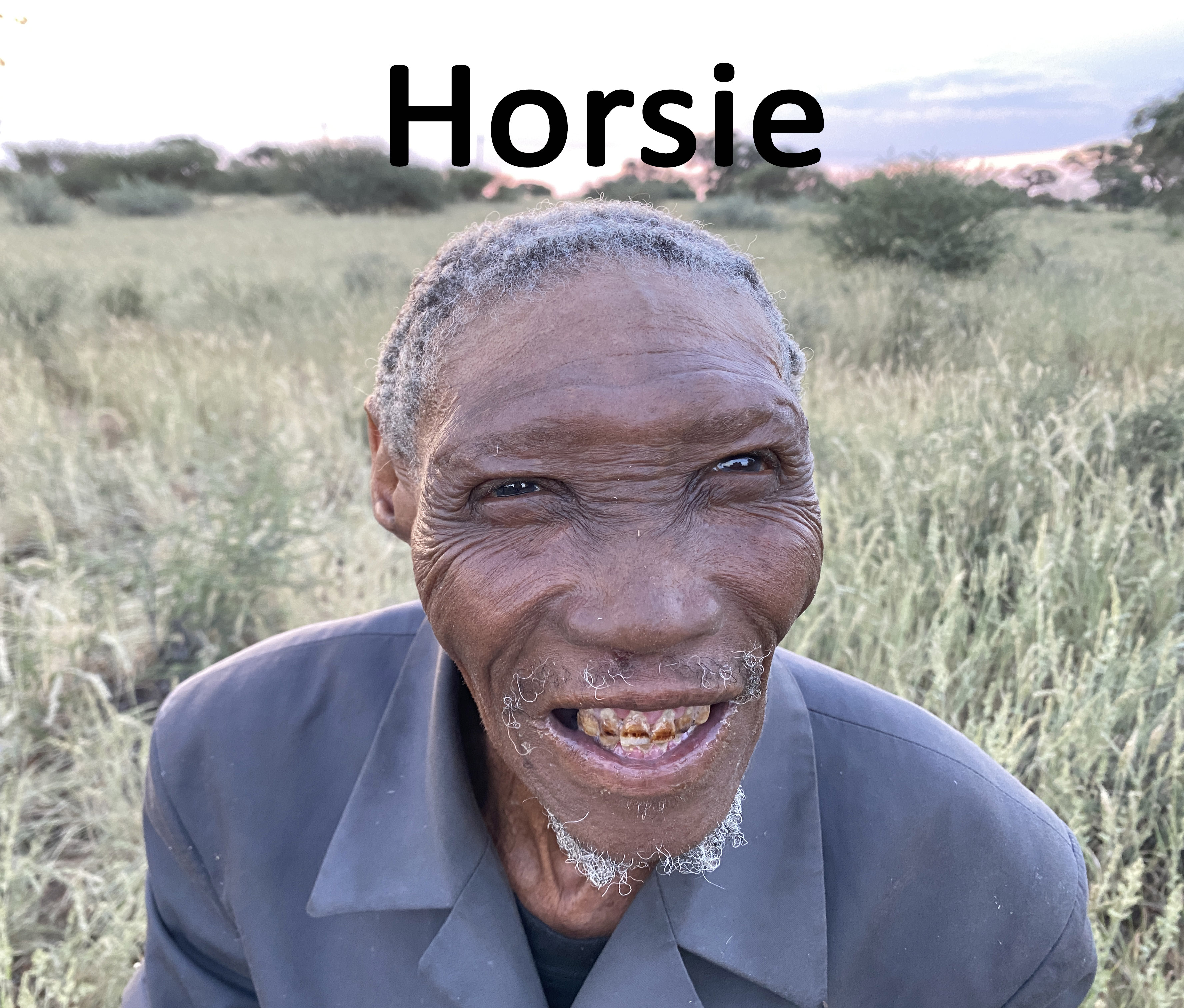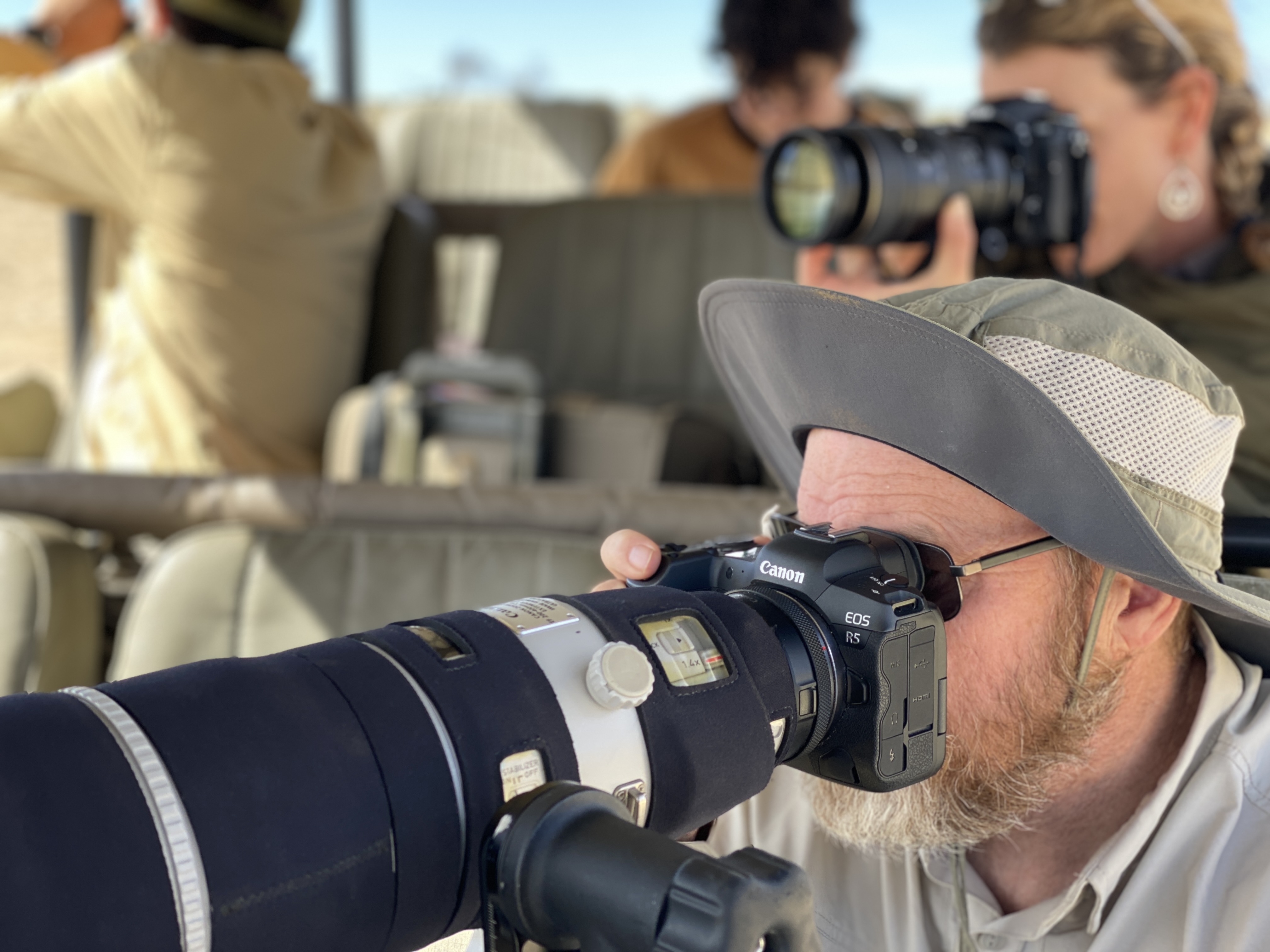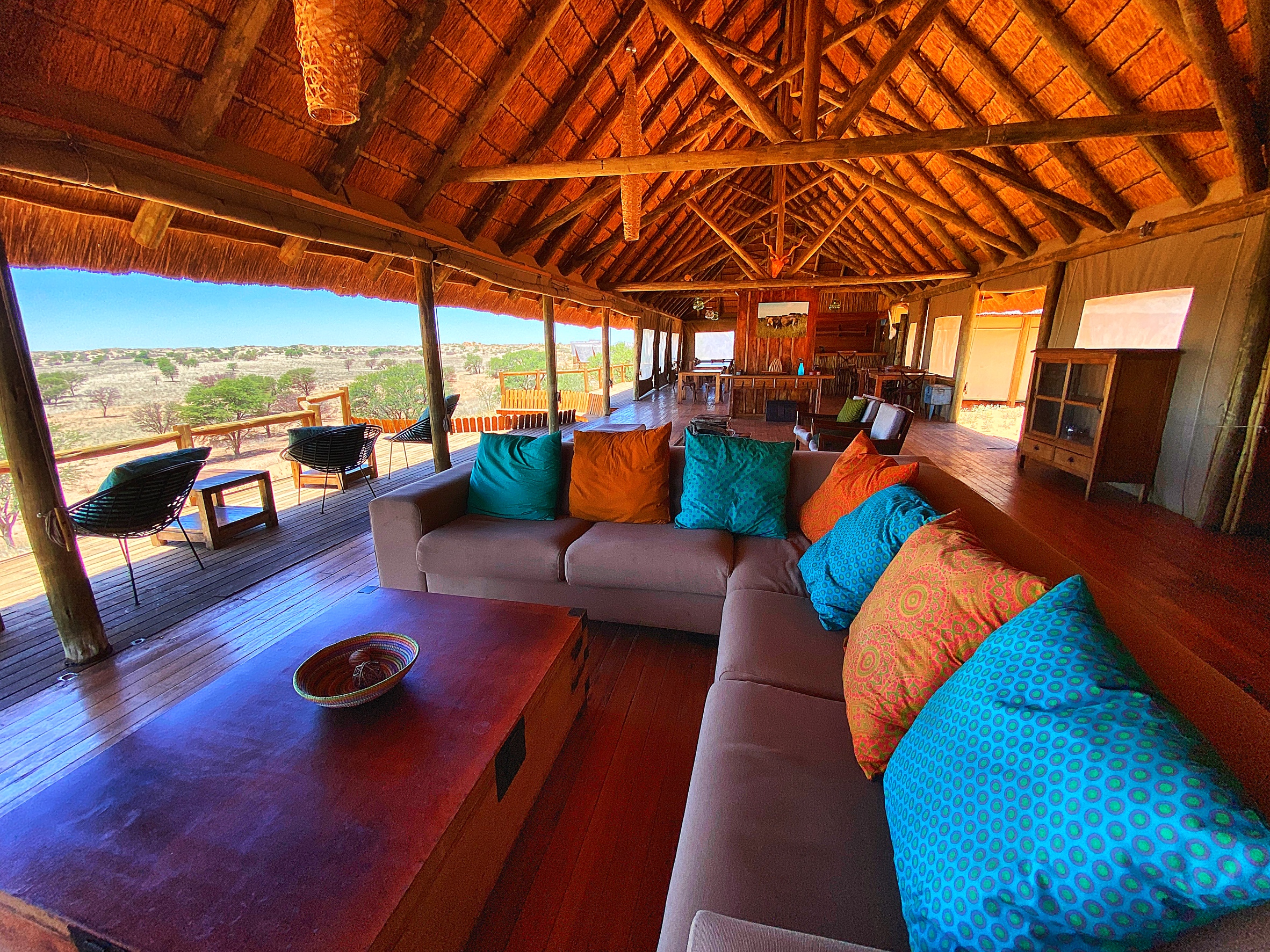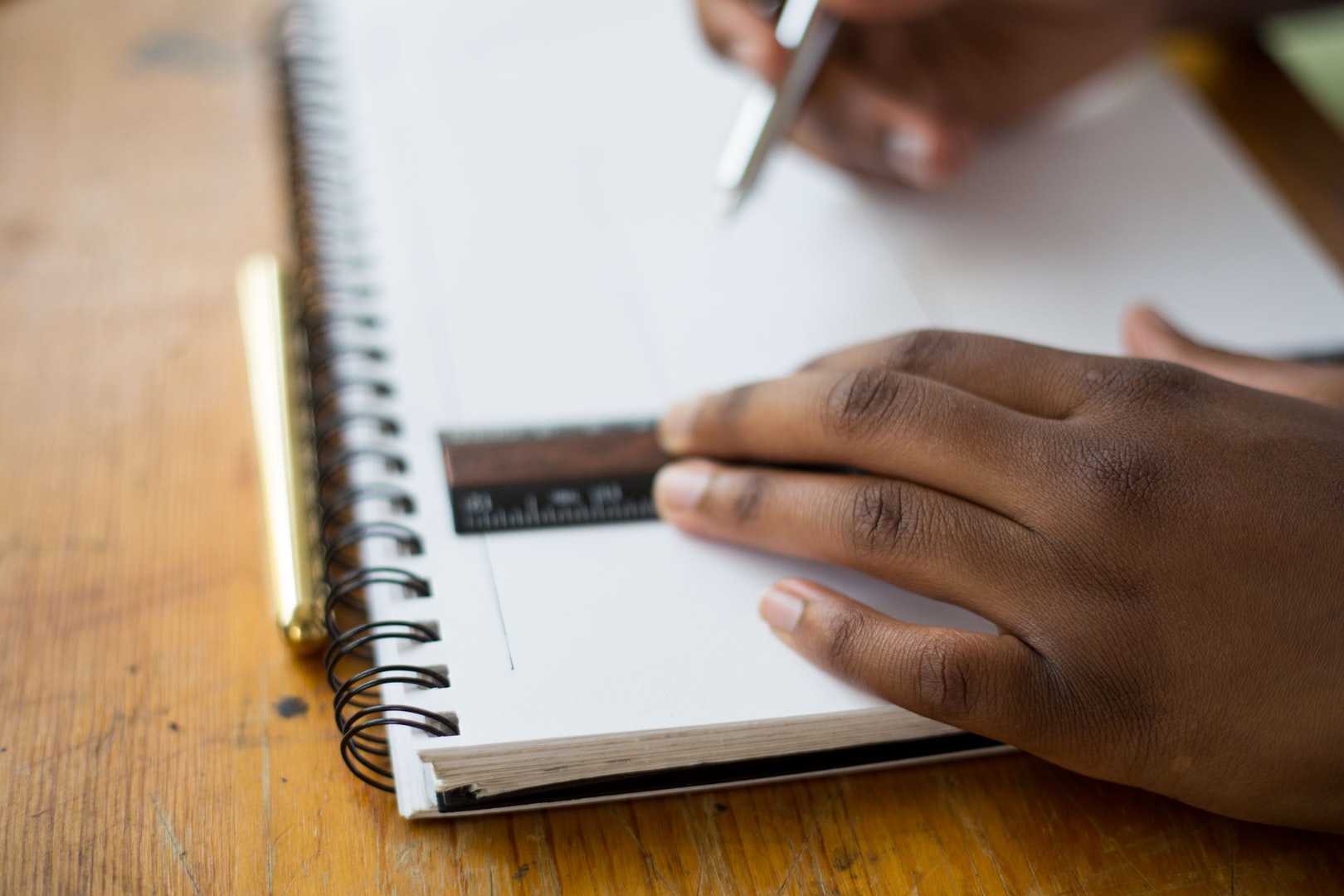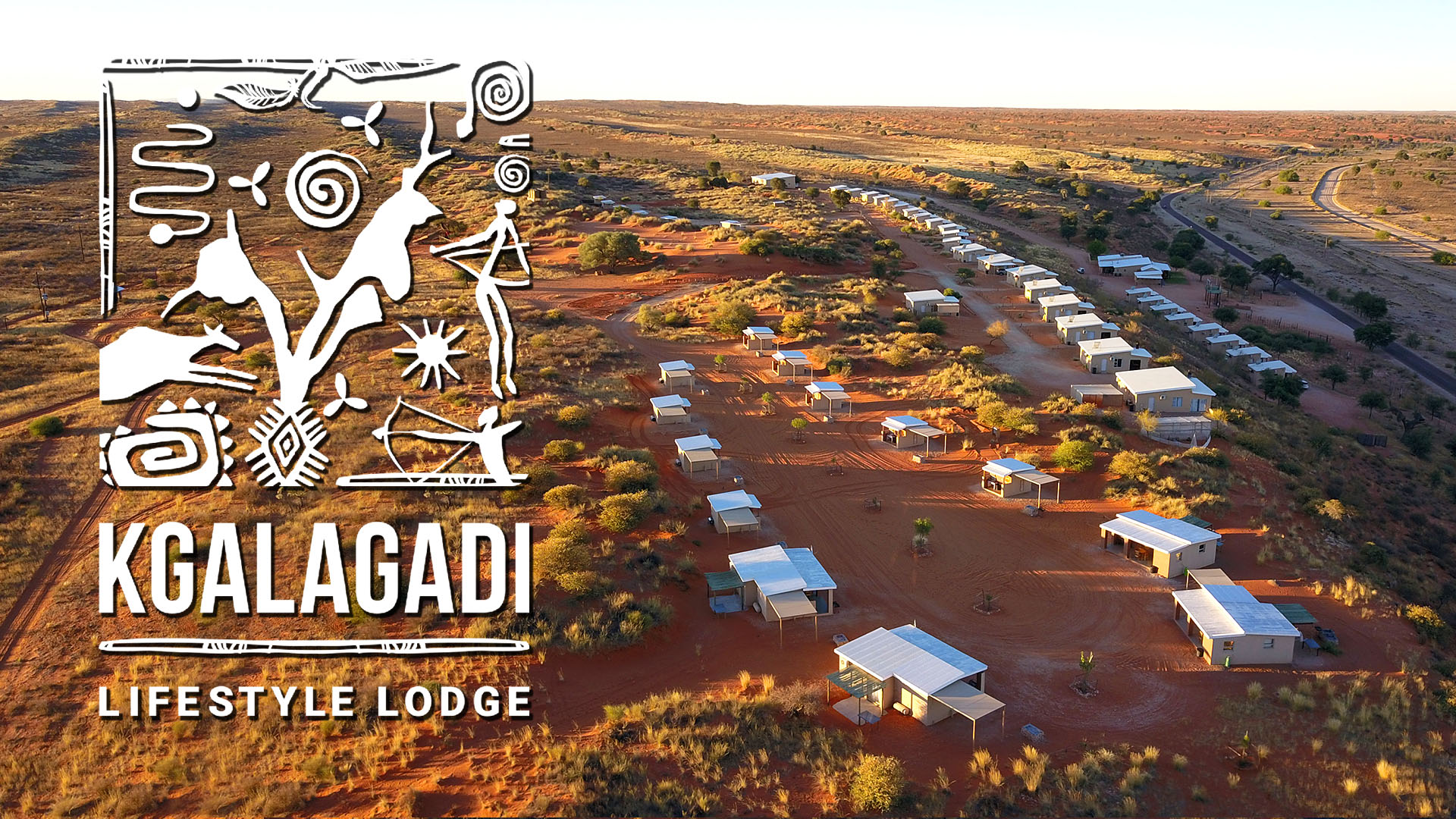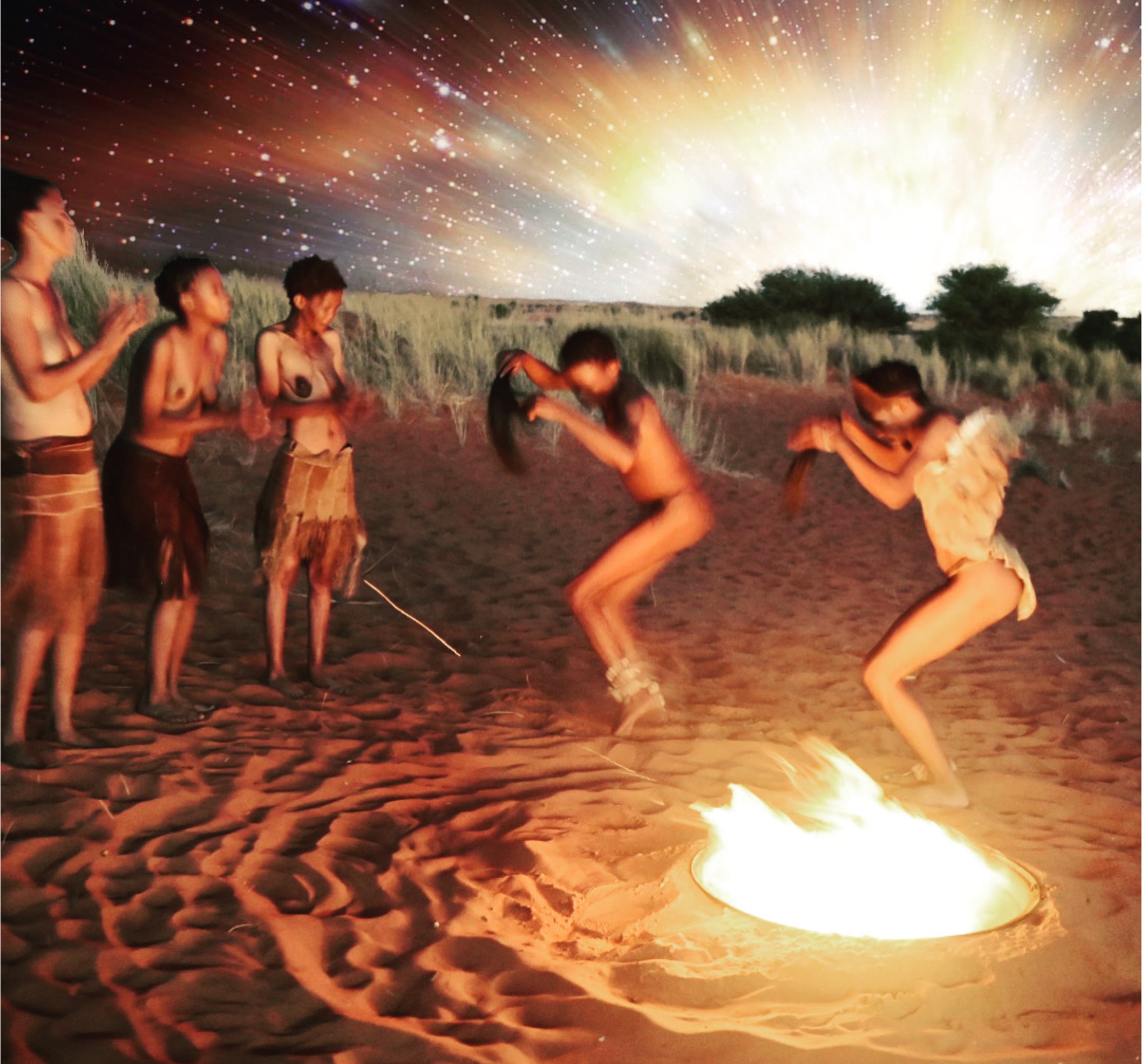
Khomani san-
Khomani San
The ‡Khomani San are descended from several original San groups, including the ||Ng!u (close relatives of the !Xam, who lived south of the !Gariep River), the ‡Khomani who spoke the same language as the ||Ng!u but had a distinct lineage, the |’Auni, the Khatea, the Njamani and probably others whose names are now lost to us. Most San of this bloodline now speak Khoekhoegowap and/or Afrikaans as their primary language. There are only five of the original 23 confirmed speakers (there is no reference point for this statement – in 2016, for example) of the ancient N|u language, constituting an important component of the few surviving aboriginal South African San. Approximately 1 500 adults are spread over an area of more than 1 000 square kilometres in the Northern Cape Province. Approximately 8002 people live in the northern reaches of Gordonia, at Witdraai, Askham and Welkom, just south of the Kgalagadi Transfrontier Park, and in the towns of Rietfontein, Upington, Loubos, Olifantshoek and surrounding villages and settlements. .

